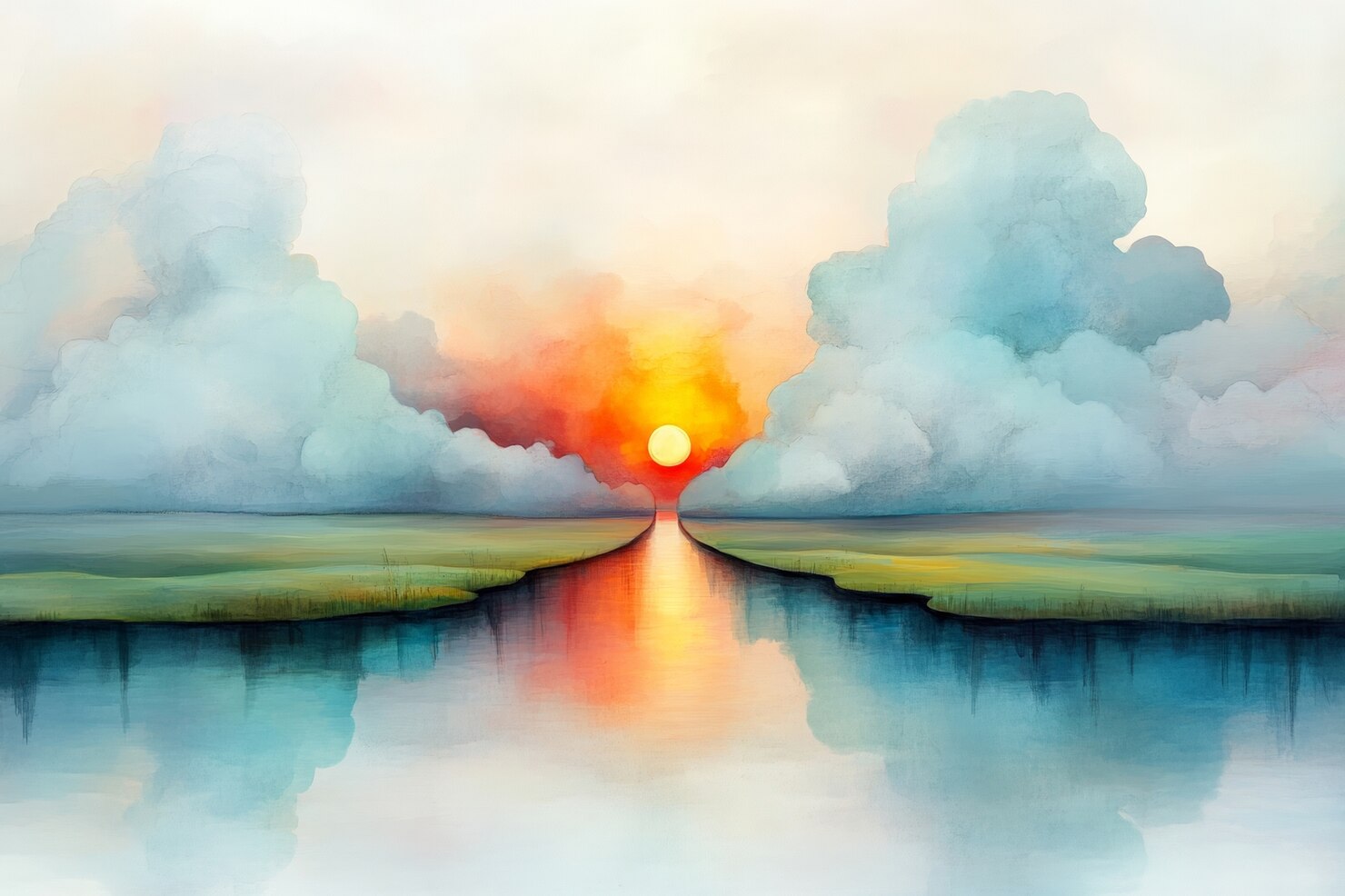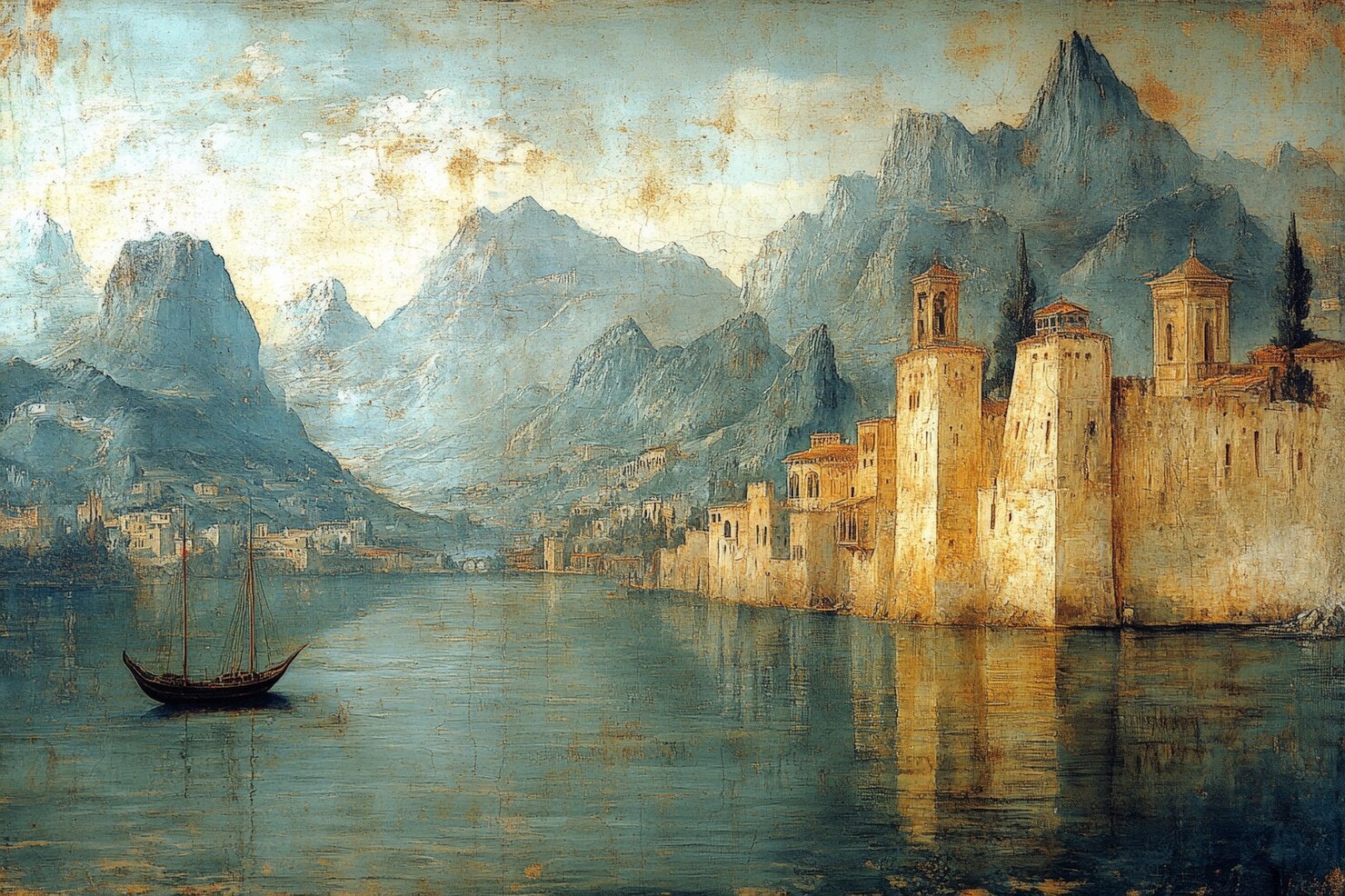The Art of Watercolor: Fluidity and Control
Watercolor painting is a dance between artist and medium, a delicate balance of control and surrender that creates works of ethereal beauty and luminous color. Unlike other painting mediums, watercolor demands that you work with its fluid nature rather than against it, learning to guide the flow of pigment and water to create effects that are both planned and serendipitous. Our watercolor mastery courses take you on a journey from your first tentative brushstrokes to creating complex, multi-layered compositions that capture the essence of your subjects.
The journey begins with understanding the unique properties of watercolor—its transparency, its tendency to flow and blend, and its unforgiving nature that makes every stroke count. We start with fundamental techniques: wet-on-wet, wet-on-dry, and dry brush, each method offering different textures and effects. Through carefully structured exercises, you'll learn to control the amount of water in your brush, the consistency of your paint, and the timing of your strokes, developing the intuitive understanding that separates skilled watercolorists from beginners.



Mastering Simple Shades and Gradients
Before you can create complex compositions, you must master the building blocks of watercolor painting. Our courses begin with exercises in creating smooth, even washes—the foundation of all watercolor work. You'll learn to mix colors consistently, understanding how different pigments behave when combined with water and how to achieve the exact shade you envision.
Gradient washes, where color transitions smoothly from dark to light or from one hue to another, are essential skills that you'll practice extensively. These techniques form the basis for painting skies, water, and other elements that require smooth transitions. Through repeated practice and expert guidance, you'll develop the muscle memory and confidence needed to create flawless gradients that seem to flow effortlessly across your paper.
Advanced Multi-Layer Techniques
As your skills develop, you'll progress to more sophisticated techniques that allow you to build depth, complexity, and richness in your paintings. Multi-layer painting, or glazing, involves applying transparent layers of color one over another, each layer modifying and enriching the colors beneath. This technique allows you to create colors and effects that would be impossible to achieve with a single application of paint.
You'll learn the art of planning your layers, understanding which colors to apply first and how subsequent layers will interact with them. We'll explore techniques for preserving whites and light areas, using masking fluid and careful brushwork to maintain the luminosity that makes watercolor paintings so captivating. Through projects focusing on landscapes, florals, and portraits, you'll see how layering can create depth, atmosphere, and emotional resonance in your work.


Color Theory and Harmony
Understanding color is crucial to creating successful watercolor paintings. Our courses include comprehensive instruction in color theory, teaching you how colors interact, how to create harmonious palettes, and how to use color to convey mood and emotion. You'll learn about warm and cool colors, complementary and analogous color schemes, and how to use color temperature to create depth and interest in your compositions.
We'll explore the unique characteristics of different watercolor pigments—which ones are transparent and which are opaque, which granulate beautifully and which create smooth washes, which are permanent and which fade over time. This knowledge allows you to choose the right colors for each project and to predict how they will behave when mixed and layered.
Specialized Techniques and Effects
Watercolor offers a vast array of specialized techniques that can add texture, interest, and unique effects to your paintings. You'll learn to use salt to create crystalline textures, alcohol to create interesting blooms and patterns, and plastic wrap to create organic textures. We'll explore techniques for creating realistic textures like tree bark, water ripples, and fabric, each requiring different approaches and brushwork.
Negative painting, where you paint around shapes to define them, is another advanced technique you'll master. This approach is particularly effective for painting complex subjects like foliage, where trying to paint each leaf individually would be overwhelming. Instead, you'll learn to paint the spaces between leaves, allowing the white of the paper to define the shapes naturally.
Developing Your Personal Style
While technical skill is essential, true mastery comes when you develop your own artistic voice. Our instructors work with you to identify your interests and strengths, helping you develop a personal style that reflects your unique perspective. Whether you're drawn to loose, expressive paintings that capture the essence of a moment or detailed, realistic works that celebrate the beauty of precision, we'll help you find and refine your approach.
Throughout your watercolor journey, you'll create a portfolio of work that demonstrates your growth and showcases your developing style. Our courses culminate in a final project where you'll apply all the techniques you've learned to create a complete, polished painting that represents your artistic vision. This project serves not just as a demonstration of your skills, but as a milestone in your artistic journey, a work you can be proud of and build upon as you continue to grow as an artist.
Begin Your Watercolor Journey
Ready to explore the beautiful world of watercolor painting? Contact us to learn more about our courses and enrollment.
12003 48 St NW
Edmonton, AB T5W 2Y9
Canada
+1 (587) 566-1627